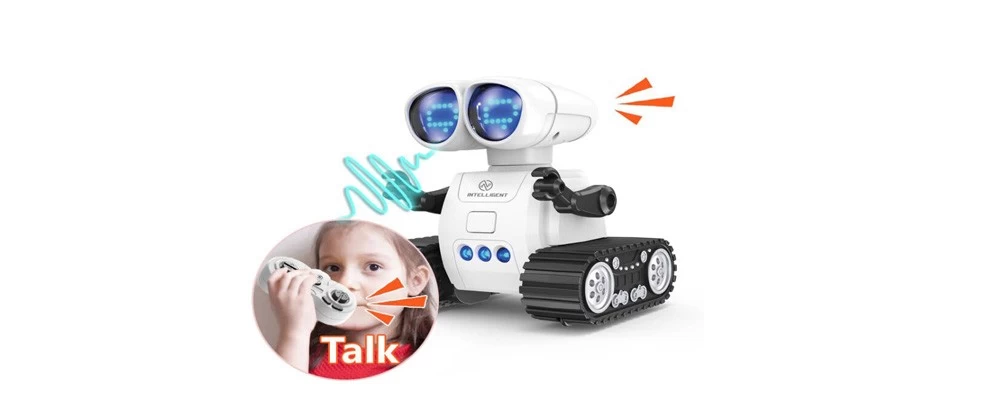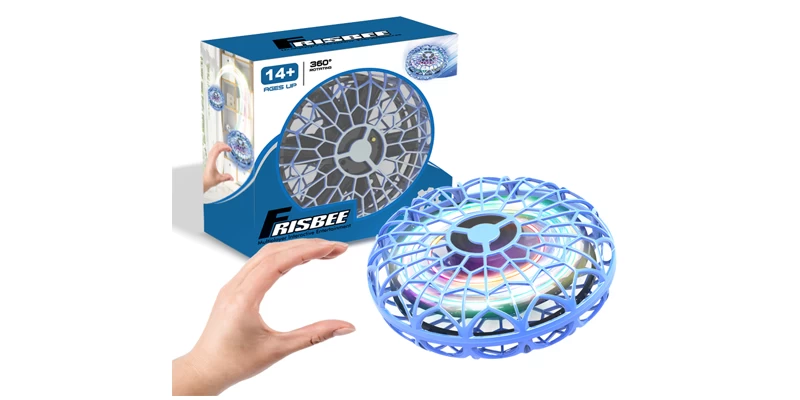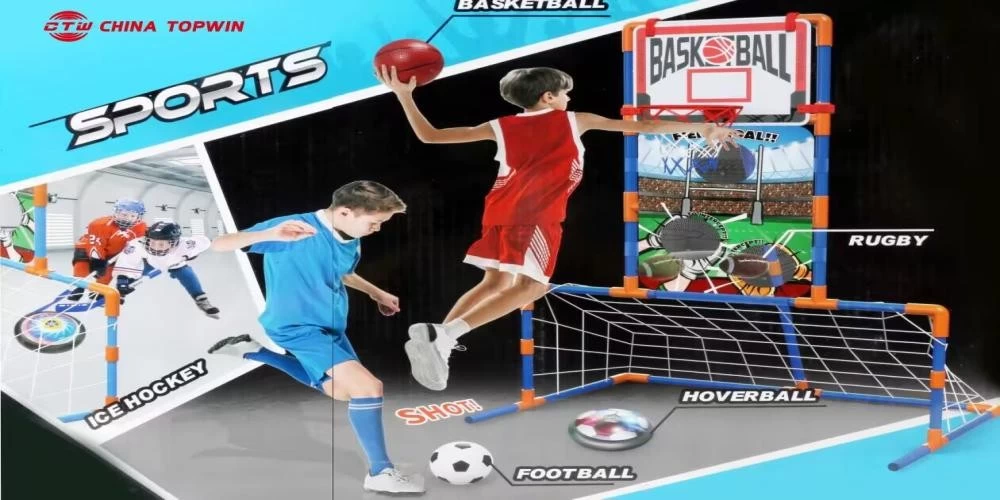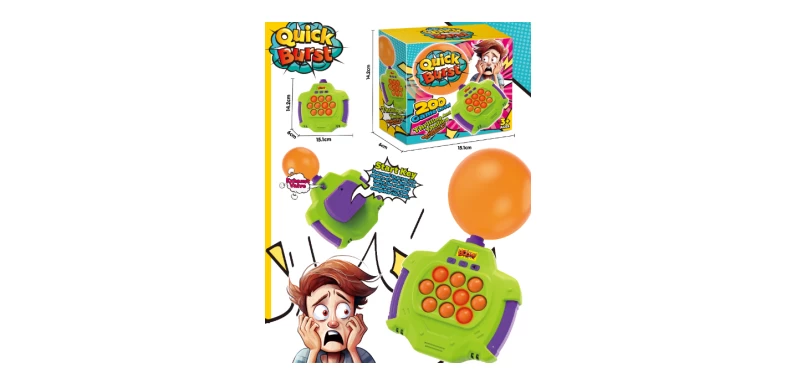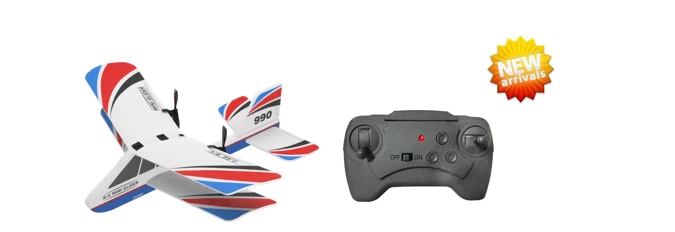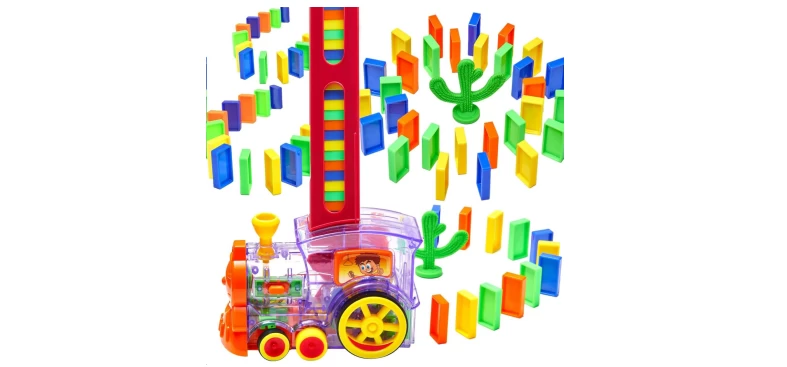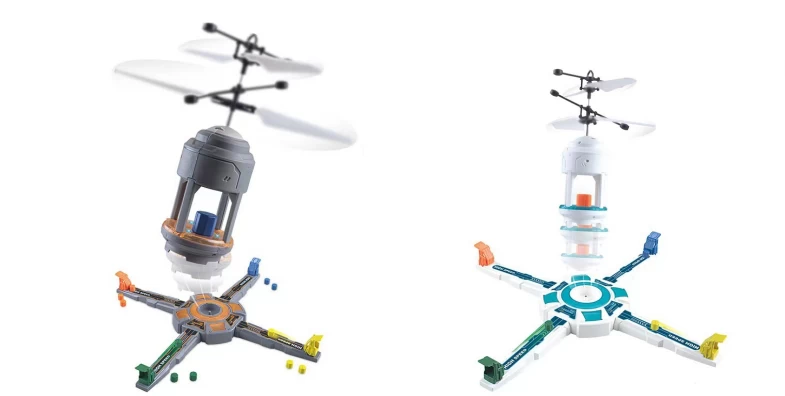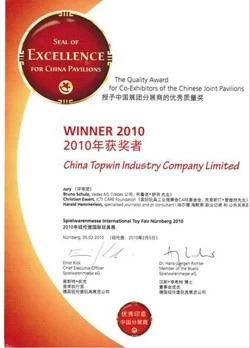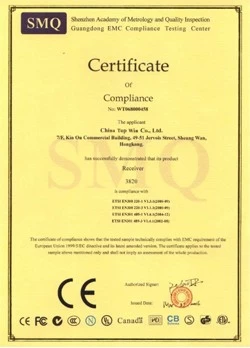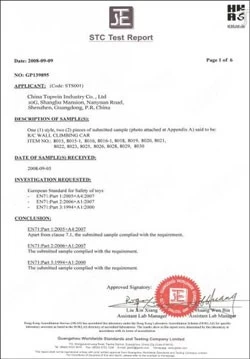Technology can’t save football players' brains
chinatopwin
chinatopwin
2018-02-03 10:13:29
While there's no scientific proof that setting an age threshold for tackle football can reduce the risk
of long-term brain injuries in players, the idea that limiting physical contact could be a solution to
the problem doesn't seem farfetched. The challenge ahead for Tregg is to make parents and
coaches understand that their kids can fully develop skills without tackling, which has historically
been a core element of the game. Tregg said in an interview that the key is to educate young
people on what can happen when they play a contact sport and the effects that this can have on
them being able to live a normal life beyond football.
Tregg added that although the Duerson Act is solely about protecting players from physical hits,
Tregg added that although the Duerson Act is solely about protecting players from physical hits,
technology can be key to keeping better track of when someone's been hit and accurately
measuring impact levels, particularly around the head. Companies like Prevent Biometrics are
already working on products designed to address these issues. With the Head Impact Monitor
System (HIMS), for example, Prevent has created a sensor-laden mouth guard that can detect
collisions immediately, the idea being that this would prompt players and coaches to seek
medical treatment on the sidelines.
If the HIMS works as advertised, it has the potential to substitute methods such as observational
If the HIMS works as advertised, it has the potential to substitute methods such as observational
tests, which have proved time and time again to be ineffective. Those traditional diagnostic
methods often fail because it's tough to convince a player to get off the field and at times, team
doctors don't do their due diligence, as their priorities lie with the club rather than the individual.
The NFL has tried to address this by implementing a concussion protocol that employs
The NFL has tried to address this by implementing a concussion protocol that employs
independent doctors on the field, but the system isn't perfect. Chris Nowinski, co-founder and
CEO of the Concussion Legacy Foundation, called the protocol a "fraud" last November after an
incident in which Indianapolis Colts quarterback Jacoby Brissett took a helmet-to-helmet hit
during a game. Brissett was allowed to continue playing, despite going limp and showing what
Nowinski called one of the "clearest concussions signs of the season."
Helmet makers like Riddell, meanwhile, have been working on solutions of their own. The
Helmet makers like Riddell, meanwhile, have been working on solutions of their own. The
company's Precision-Fit tech is used to make customized helmets for each player. To do so,
Riddell scans the surface of a player's head and uses that image and exact surface to create a
helmet that fits him exclusively. That can in turn create better protection, since literally every
curve is covered.
In addition, Riddell has also developed its InSite training tool, a helmet-based sensor system
In addition, Riddell has also developed its InSite training tool, a helmet-based sensor system
that can measure impact data and upload it to a server where coaches and athletic trainers can
view the results. Riddell emphasizes that the idea behind InSite isn't to be a diagnostic tool or a
medical device but rather to simply act as a monitoring system that can help staff proactively
reduce the head-impact exposure of players. It could, for instance, show if a player's hitting
technique is poor or if his playing style needs to be adjusted.
InSite isn't being used in the NFL right now, but there's a chance we'll see it make its way to the
InSite isn't being used in the NFL right now, but there's a chance we'll see it make its way to the
league in the near future. For now, Riddell says 20 players from the Philadelphia Eagles will be
wearing Precision-Fit helmets when they face the New England Patriots this weekend during
Super Bowl LII. You may also see players using the VICIS Zero1 that night, a helmet designed
by engineers and neurosurgeons that garnered investment from the NFL for being one of the
most impact-reducing products for its players. The Zero1 features multiple layers of foam that
are meant to slow down impact forces and mitigate collisions by offering players the widest
possible field of view.


